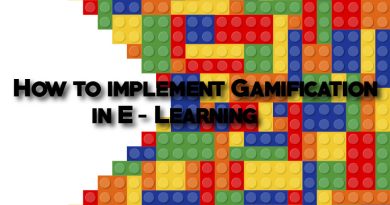Learn How To Perform Current Leadership Capability Analysis
In every organization the leadership is pivotal to the success of the organization in the long term. The current leadership capability analysis evaluates the present capabilities of the leaders against the identified future leadership requirements. This is one of the most important aspects of leadership development and strategic alignment of the leaders with organizations key objectives.
While the resulting assessment is used to identify the current strengths and development opportunities that exist between the current leadership capabilities and those required in the future. It is like finding the gap between current capabilities and future challenges
Generally, organizations tend to focus their leadership assessment work at the level of individual leaders. They do this by designing or purchasing assessment tools that in the best practice organizations tie directly to the leadership competency model.
Contents
SOME OF THE TOOLS GENERALLY USED IN CURRENT LEADERSHIP CAPABILITY ASSESSMENT
- Multirater leadership assessments or 360° Feedback Assessment
- Personality, style, and motive assessments
- Specialized inventories (e.g., Decision – making assessments, IQ/EQ tests, potential derailers)
- A/C or D/C data, Assessment and Development Centre data
- Internal observations and interviews with peers, managers, subordinates,customers, and relevant others
- Past performance reviews and appraisals
A SYSTEMATIC APPROACH TO LEADERSHIP DEVELOPMENT
Although individual leadership competency assessments are an important component of the current leadership capability analysis, they should not be the only focus.
A systemic approach to leadership development requires an analysis of leadership capability and performance from both an individual and an organizational perspective. Best practice organizations use a variety of tools to analyse current organizational performance to inform their assessment of current leadership capability
- Culture assessments
- Employee satisfaction surveys
- Customer surveys
- Accountability surveys
- Employee turnover and exit interview analysis
- Financial analysis of actual performance versus goals
- Aggregate utilization rates of development opportunities
- Impact analysis of developmental experiences versus results
BEST PRACTICE ORGANIZATION & LEADERSHIP DEVELOPMENT
A thorough and objective analysis of current leadership capability allows the leadership development council not only to identify the critical gaps that need to be closed through a well – integrated leadership development system, but also to highlight the shortfalls, if any, that the previous developmental experiences have produced in terms of improved results.
The best practice organizations are constantly monitoring the return on investment of their leadership development tools and processes and the results that leaders produce. In addition, they work extremely hard to ensure that the other critical HR processes are aligned so that they are successful in accomplishing their overall objective of increasing the quantity and quality of existing and future leaders.



